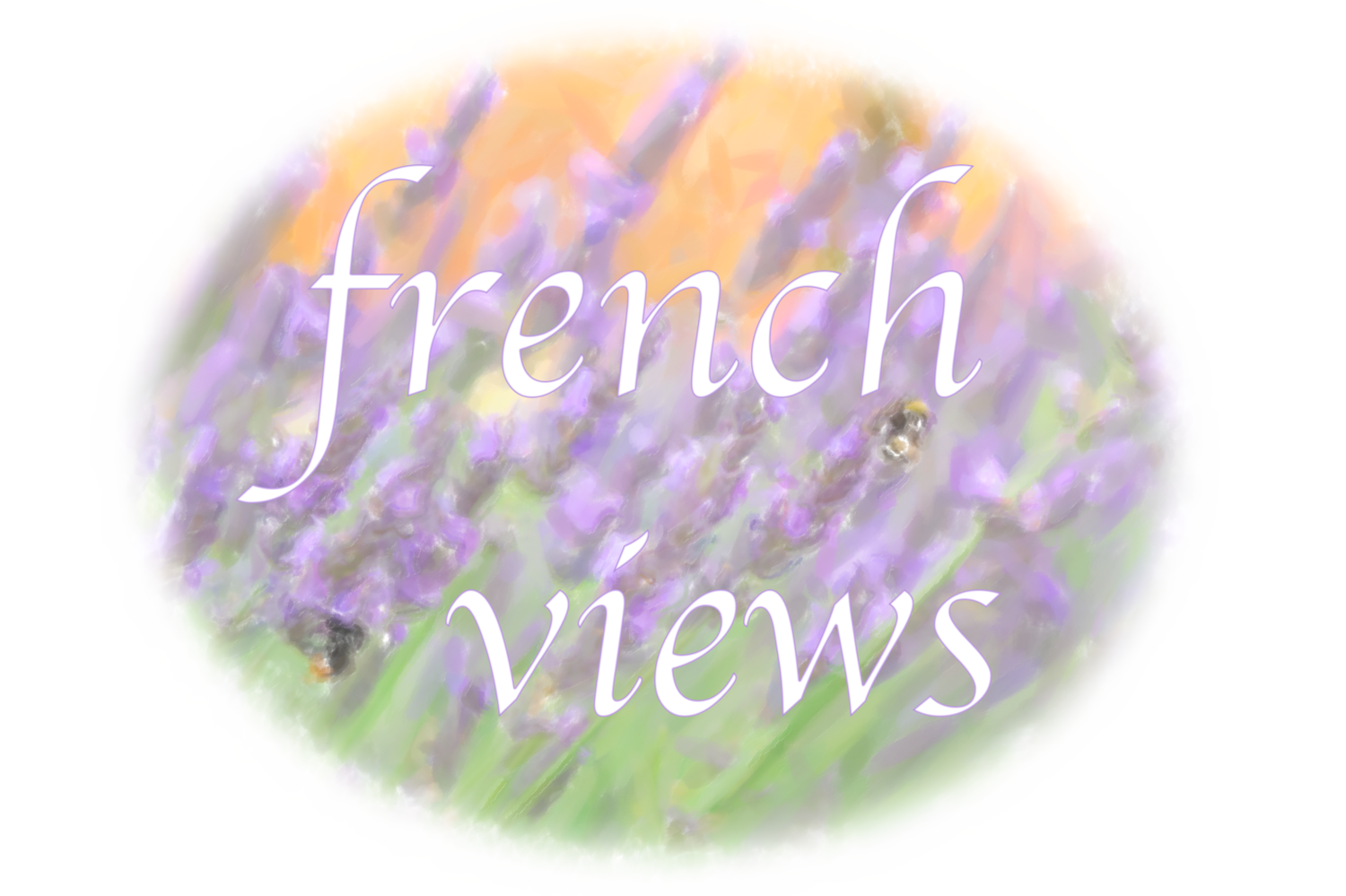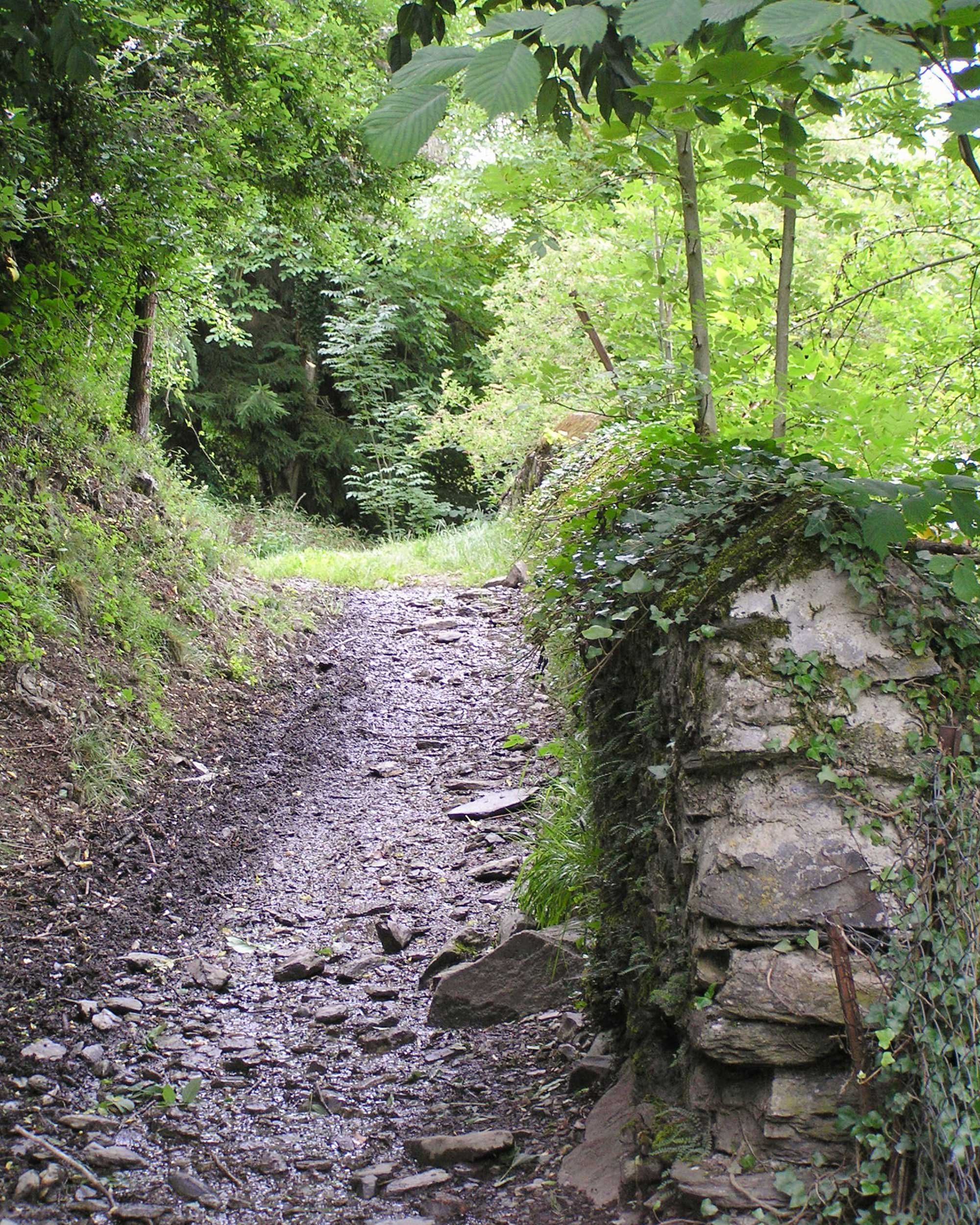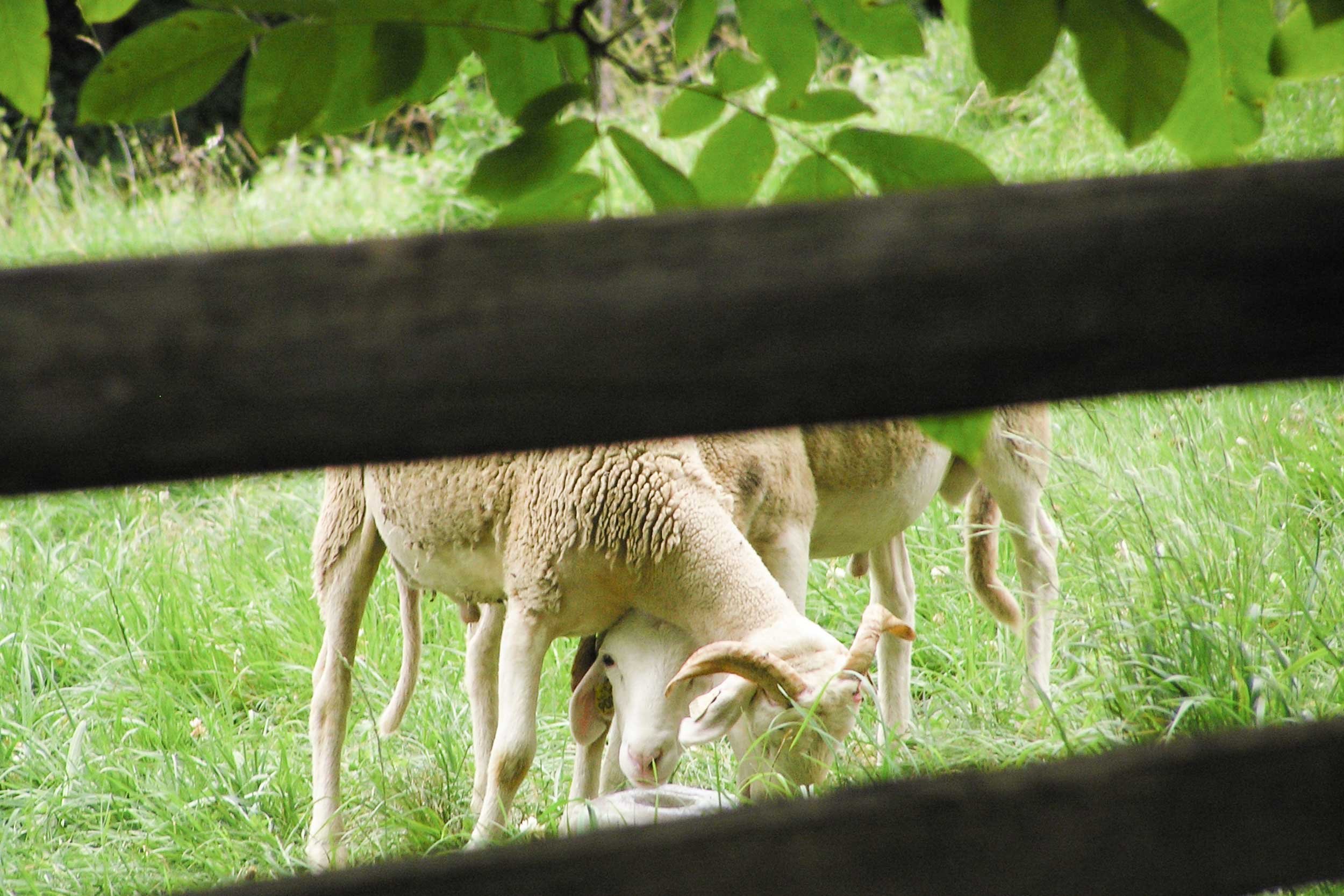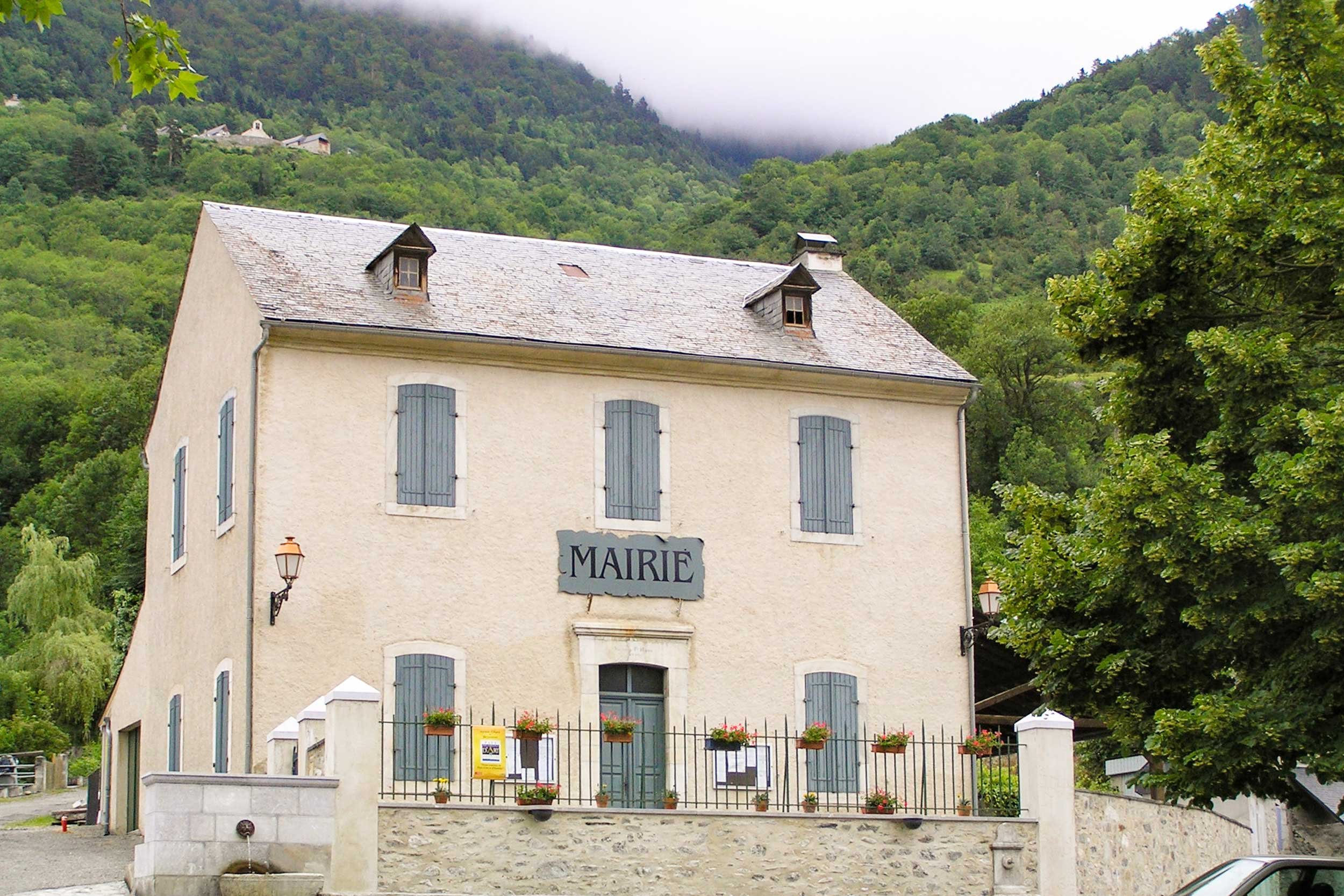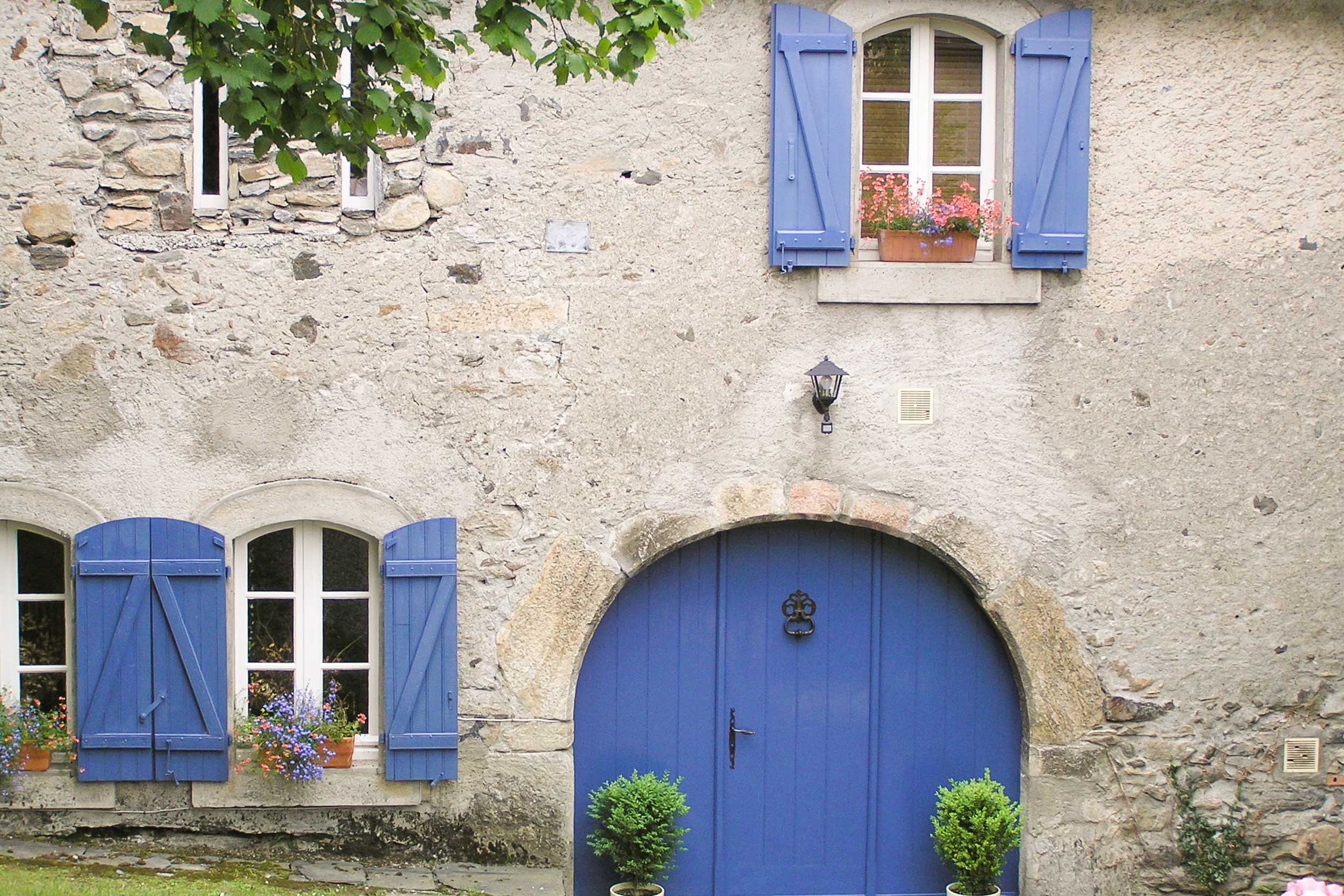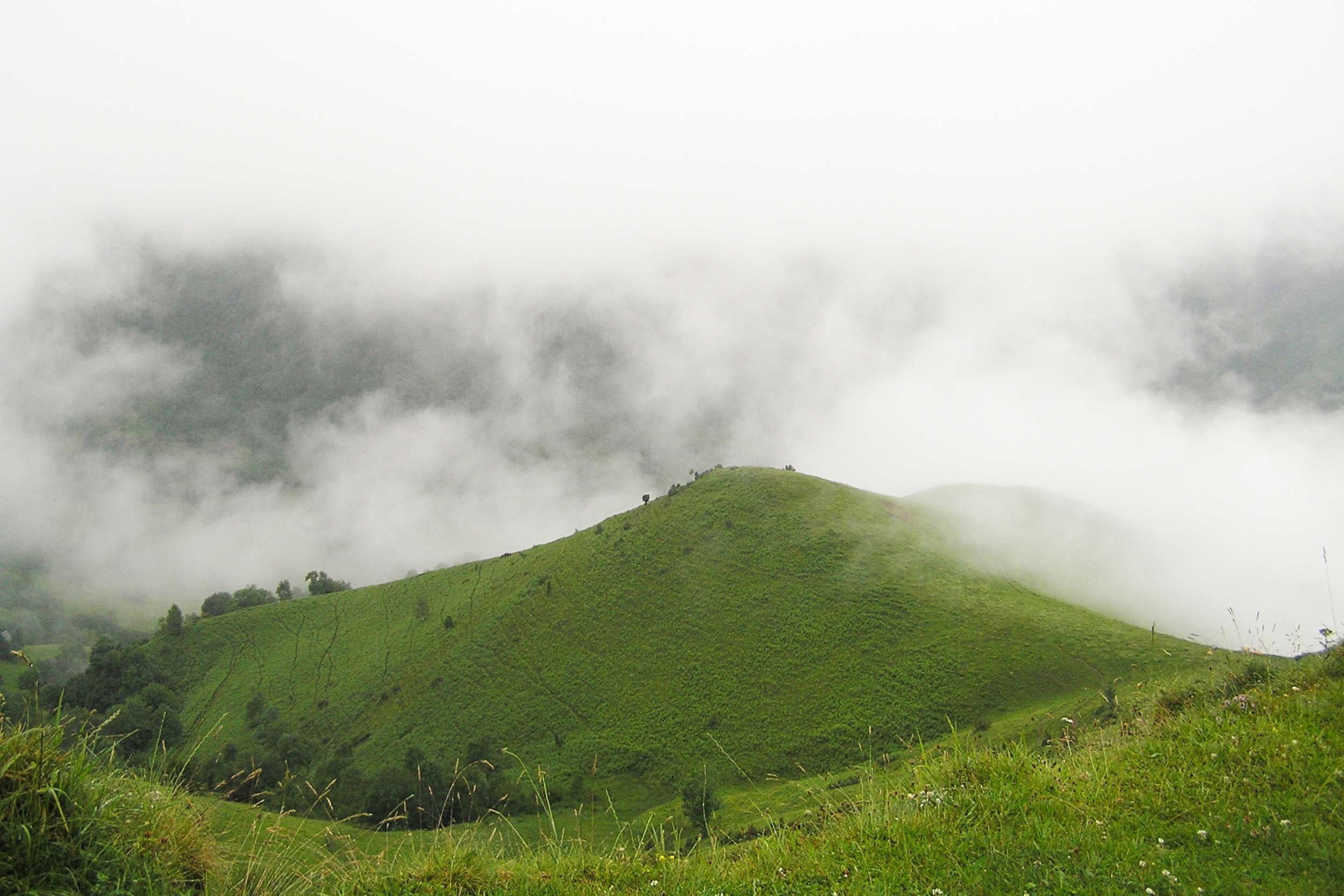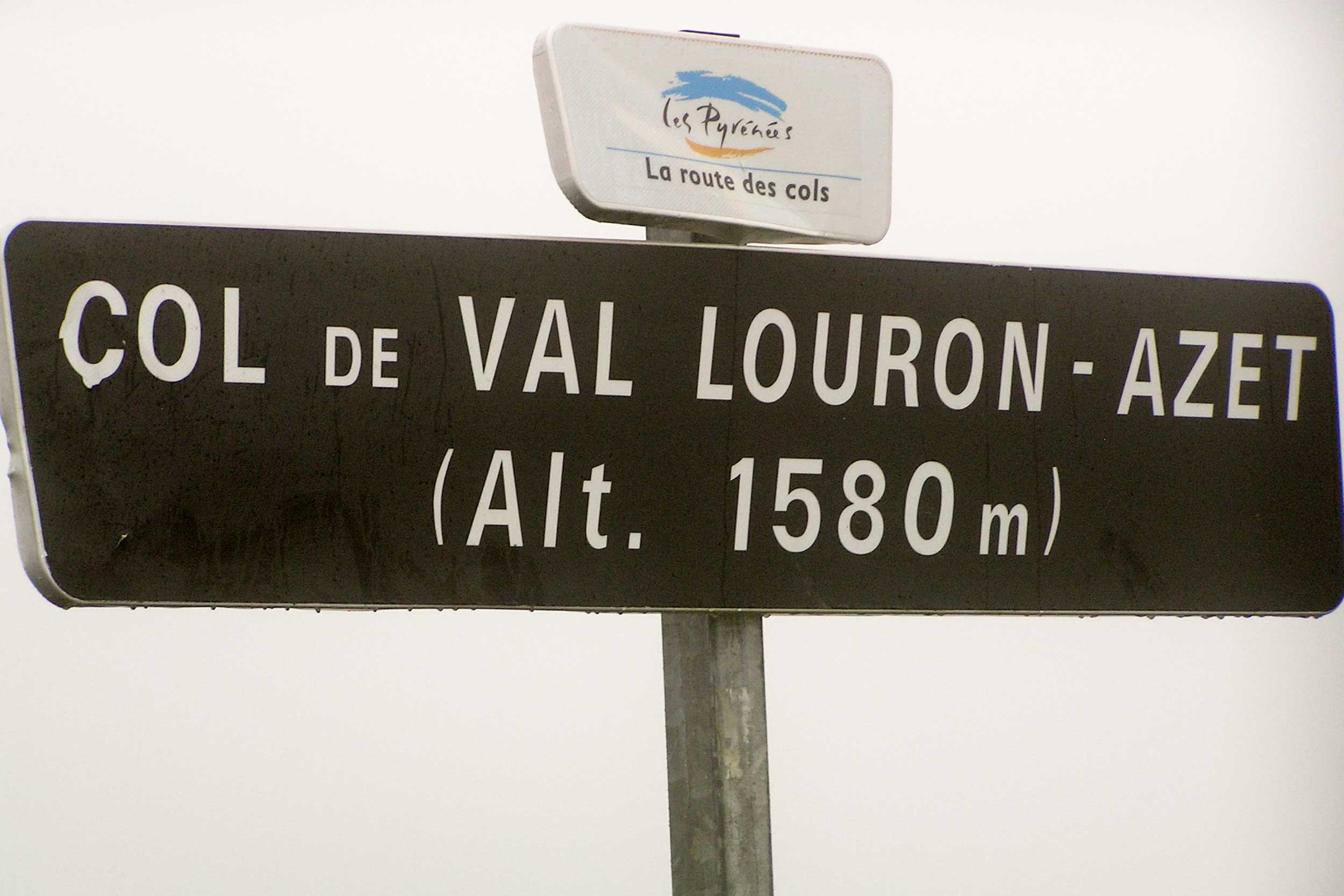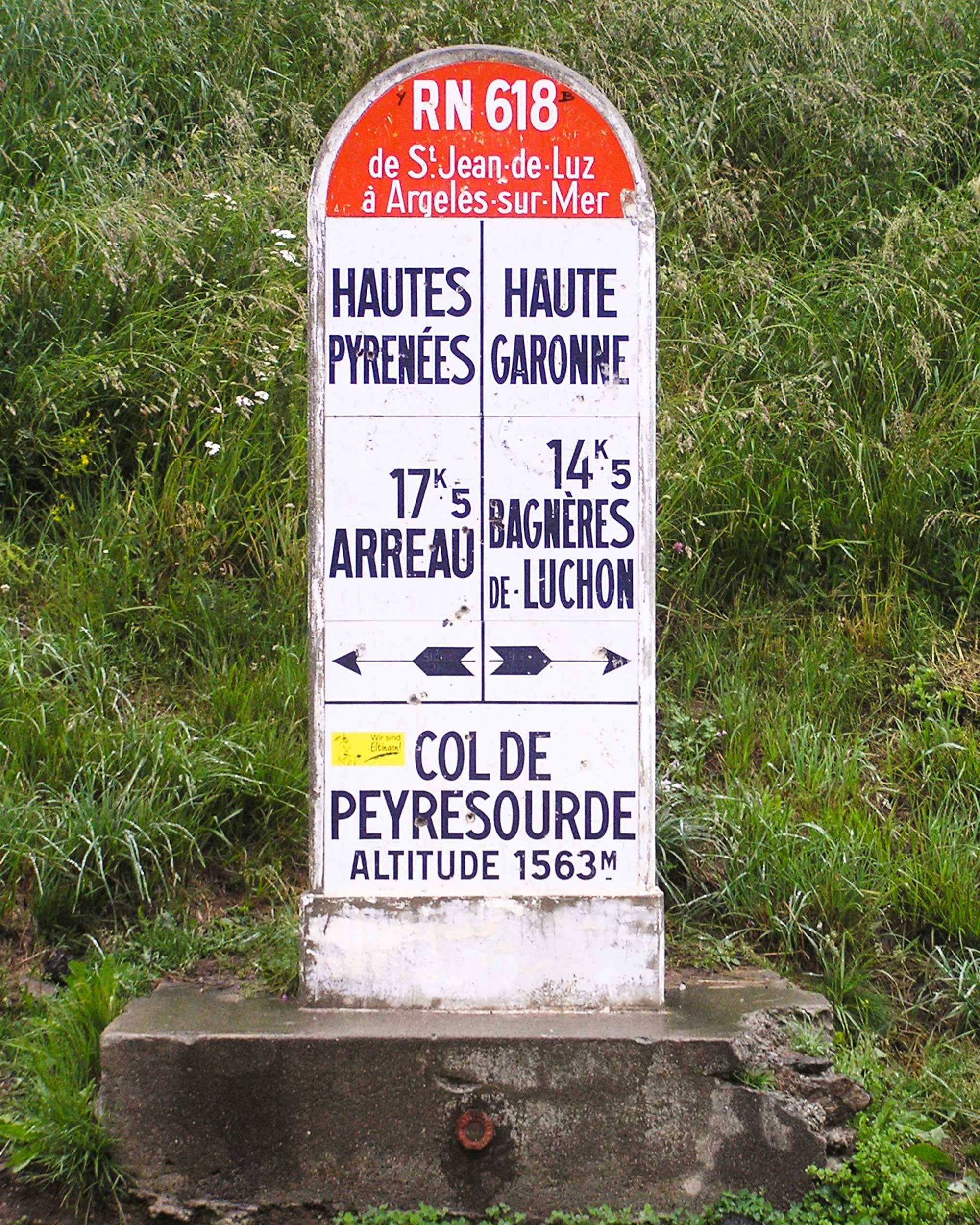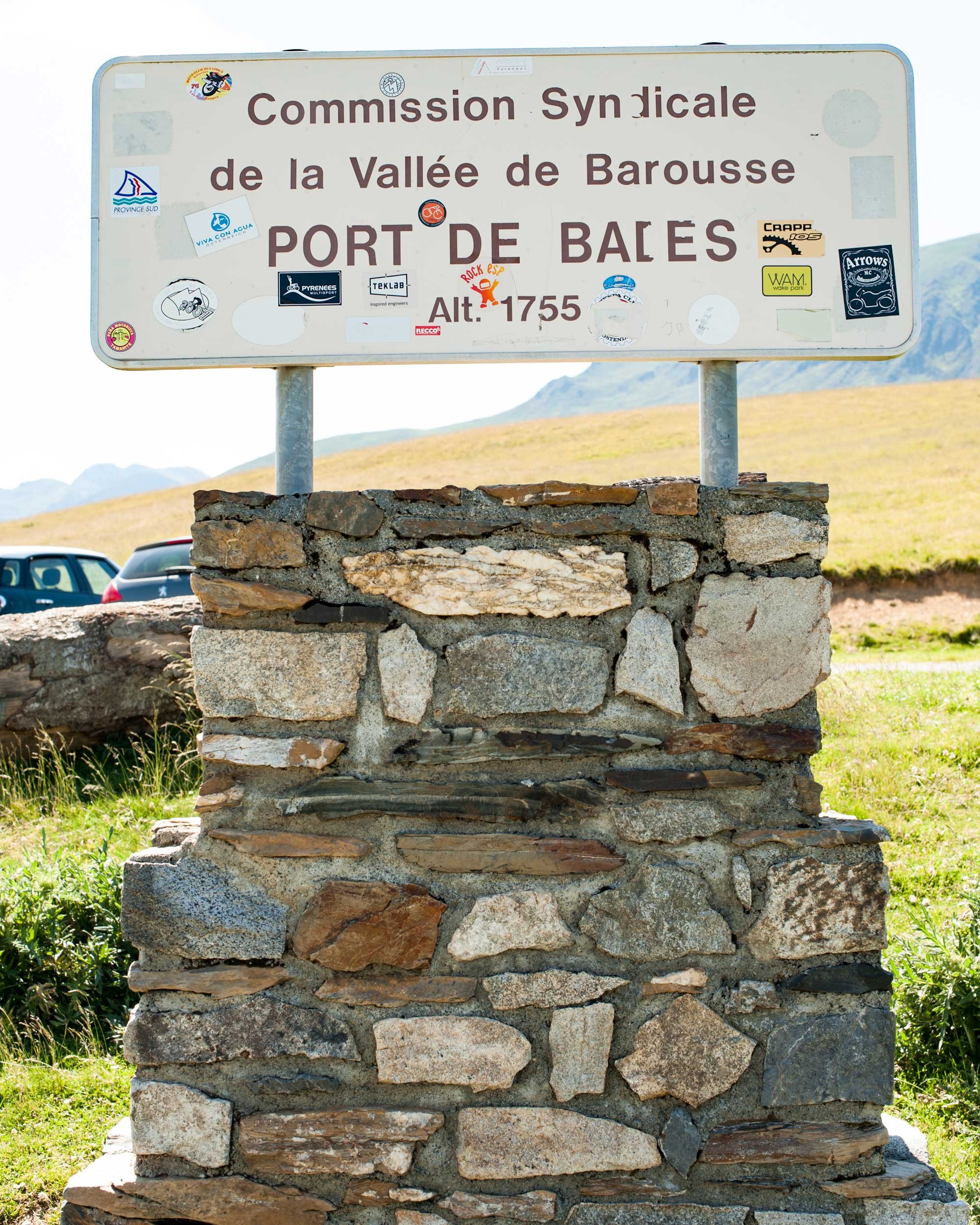Pyrenees Part 2
Before we move further across the Pyrenees, let’s explore more of the valleys of Aure and Louron.
The town of Arreau
The main town of the Valleé d’Aure is picturesque Arreau. At an altitude of 700m, it is located at the confluence of the rivers Neste d’Aure and Neste du Louron. When visiting in summer, you are never far from the sound of rushing water. The town is small but charming. There are some beautiful buildings with old slate roofs, including period homes like the 16th-century Maison-des-Lys with its façade of fleur-de-lys motifs.
16th-century Maison-des-Lys in Arreau
The elevated town hall provides an undercover space for the local farmers’ market that is held every Thursday morning. You will also find a variety of shops and restaurants including the Hôtel de France where we enjoyed a simple lunch.
The Arreau town hall on the left hand side of the photo. A weekly farmers’ market is held underneath (see the arches under the orange facade).
Served at special events, the Arreau Gâteau à la broche (Arreau spit cake) is a local speciality. You probably wouldn’t think of making this at home because you will need 120 eggs, 3kg of butter, 3kg of flour, 3kg of sugar, 1.5 litres of rum, 1 glass of Ricard and 1 glass of vanilla extract!
Driving through the Vallee d’Aure
As you drive along the Valleé d’Aure, the road passes through some pretty villages. Often the road is right up to the front doors of the houses. In the village of Cadéac, you drive under what appears to be a bridge but it is actually under the roof of the Chapelle Notre-Dame de Penetailhade.
Chapelle Notre-Dame de Penetailhade in Cadéac
When we were planning our stay in this part of the mountains, we found Chez Annie et Loic, a B&B in the charming hameau of Guchan.
The pretty hameau, Guchan
Annie and Loic were fabulous hosts. During our stay, we enjoyed several multi-course, home-cooked meals. Each meal was accompanied by an aperitif, plenty of wine and finished with coffee. Our fellow guests were mostly French and sometimes we did not understand much of the dinnertime conversation, so Annie translated to keep us involved. One of our favourite quotes from this stay is “we talk about food”. This was our first understanding of the passion for, and connection with, food that French people have and the obvious enjoyment this provides them. They discussed various dishes and the methods of cooking involved. One of the meals we enjoyed during our stay was a Pyrenean speciality of duck in vegetable soup – Garbue Bearnaise.
The back garden of our B&B
Chris had planned some cycling in the area, so I kept myself amused by walking to the nearby village of Saint-Lary-Soulon (below). At 830 metres altitude with 100 kms of slopes, it is a popular ski resort during the winter. Snowshoeing, cross-country skiing and dog sledding are other activities enjoyed by visitors. In summer, this area is known for hiking, paragliding, canyoning, rafting, mountain biking and road cycling over famous passes; such as Cols Portet, Azet and Aspin. If you love outdoor activities and sports, you will love the Pyrenees.
I wandered through the town and purchased some delicious chilli chocolate at the chocolaterie. When the shops shut for the designated lunch break, I returned to Guchan and set about exploring the hameau accompanied by the ever-loyal and protective hosts’ dog. I even ventured up the hillside and, along a pathway, I spotted some sheep.
Back at the house, I waited and waited … patiently! There was no news from Chris and I became anxious. It was a night when we could not eat with our hosts at the B&B. Annie had made us a reservation at Les Tables de la Fontaine in the nearby village of Vielle Aure and our reservation time was approaching. Eventually, Chris arrived back at the B&B after one brief text message slightly earlier. He really had challenged himself by cycling over Col d’Azet-Louron, Col de Peyresourde, Port de Balès and back over Col de Peyresourde (4 of the more challenging climbs of the Tour de France) all in one day. His adventure had taken 8 hours and 40 minutes and, 110km later, he was exhausted and had trouble sitting during our meal!
The following day, Chris wanted to show me where he had cycled so we drove from the Aure Valley to the Louron Valley over Col d’Azet-Louron and arrived at Lac de Génos-Loudenvielle. This is a spectacular area overlooked by the mountains. It is possible to canoe, kayak, sail and paddle board on the lake. We paused to watch the hang-gliders and para-gliders soar from the mountaintop down to the large grassy fields by the lake.
Lac de Génos-Loudenvielle
The popular Balnéa Spa centre is located on the side of the lake. It offers a variety of different baths and spa treatments. Unfortunately, we ran out of time to visit as we continued our drive over Col de Peyresourde. This mountain pass is part of the Route des Cols and is well-known for its frequent inclusion in the route of Le Tour de France. Nearby, is the ski area Station de Ski de Peyragudes.
Col de Peyresourde
Port de Balès
On the other side of Col de Peyresourde, we arrived at the town of Bagnères-de-Luchon situated at 630 metres altitude. This area has been inhabited since the Bronze age and its thermal waters were first recognised by the Romans. The town became popular in the 19th-century (Belle-epoque) as a spa town. The large, manicured gardens around the casino have earned it the title of ‘Ville Fleuri’ (a town in bloom). You will find plenty of hotels, restaurants and shopping plus weekly markets on Wednesday and Saturday mornings all year and every day during summer.
The cafe we visited in Bagnères-de-Luchon
Chris was also able to fit in another ride over Col d’Aspin. As the Tourmalet Valley was our next destination, we also drove over Col d’Aspin to take a quick look and the we drove back via Loic’s “more beautiful way”.
Loic’s “more beautiful way” is from Campan-Payolle along D113 to Vallee d’Aure
When reviewing my travel journal for this post, I had noted that we had seen some small-statured farmers on the return drive. I had noted that their heads seemed quite large and their faces were dark and weathered. I then remembered that I had taken this photo of Chris outside of the Musee des Cagots at the Office du Tourisme in Arreau so I did some research.
Chris outside the Office du Tourisme in Arreau that houses the Musee des Cagots
The Cagots were outcasts who mainly lived in remote Pyrenean communities as they were shunned by society. This was due to their different looks; dark skin and unusual features or deformities due to inbreeding. They are believed to be descended from dark Moorish soldiers who had remained in the area following the 8th-century Muslim invasion of Spain and France. These men interbred with the locals, maybe the Basques. The Cagots have endured cruelty and exclusion. Despite being Christians, the Catholic Church reputedly treated them with contempt.
The weather can change rapidly in the mountains
An important point to note is that the weather changes rapidly in the mountains. One minute it is warm and sunny then, suddenly, you are enveloped in mist with a light drizzle. You do need to be prepared for all eventualities.
Stunning mountain views
Driving in the Pyrenees is exhilarating, with stunning views and quiet roads. For more information on visiting this part of the Pyrenees, click on the links of The Aure Valley and The Louron Valley
Next time we will explore the Tourmalet Valley.
À bientôt!
Exhilarating driving on quiet roads
